Frequency range: 26.5- 28MHz SWR: ≤1.2:1 Max. power: 35W continuous 250W Short time Bandwidth at S.W.R. 2:1: 1900KHz Impedance: 50ohm Whip length: 1200mm Adjustment: 0~90° Cable Length: RG58/157" Po...
See DetailsDoes a CB Antenna Need Ground Plane for Optimal Use?
Citizens Band (CB) radio systems are widely used for short-distance communication in various settings, from recreational activities to professional applications. A key component of these systems is the CB antenna, which transmits and receives radio signals. A common question among users is whether a CB antenna requires a ground plane for optimal performance.
Concept of Ground Plane in CB Antennas
A ground plane is a conductive surface, typically metal, that serves as a reflective base for an antenna. In the context of a CB antenna, the ground plane acts as a counterpoise, helping to create an efficient radiation pattern by reflecting radio waves. This can enhance signal strength, reduce interference, and improve the overall performance of the antenna. The CB antenna relies on this setup to achieve a balanced electrical field, which is crucial for effective communication in the 27 MHz frequency band. Without a proper ground plane, some CB antennas may experience reduced range, increased standing wave ratio (SWR), and potential signal loss.
Types of CB Antennas
CB antennas are categorized based on their design and dependency on a ground plane. Common types include:
-
Ground Plane-Dependent Antennas: These include base-loaded and center-loaded whip antennas, which often require a substantial metal surface (e.g., a vehicle roof or a dedicated ground plane) to function optimally. They are commonly used in mobile and base station setups.
-
Ground Plane-Independent Antennas: Examples are fiberglass or no-ground-plane (NGP) antennas, which incorporate internal components to simulate a ground plane. These are designed for use on non-metallic surfaces, such as fiberglass vehicles or boats, and may not require an external ground plane for basic operation.
-
Magnetic Mount Antennas: These often include a built-in ground plane system through their base and are popular for temporary installations on vehicles.
Applications of CB Antennas
CB antennas are employed in diverse scenarios, each with specific requirements for ground planes:
-
Mobile Applications: In vehicles, the metal body typically serves as a ground plane, enhancing the performance of mounted CB antennas. This setup is common in trucks, cars, and off-road vehicles for communication during travel or emergencies.
-
Base Stations: Fixed installations, such as in homes or offices, may use CB antennas with dedicated ground plane kits or radial systems to optimize signal coverage over longer distances.
-
Marine and Portable Use: On boats or non-conductive surfaces, ground plane-independent CB antennas are preferred to maintain functionality without relying on external metal surfaces.
Comparison: Ground Plane vs. No Ground Plane
The performance of a CB antenna can vary significantly with the presence or absence of a ground plane:
-
Efficiency: Antennas with a proper ground plane generally exhibit higher radiation efficiency, leading to improved transmission and reception ranges. For instance, a CB antenna on a vehicle with a full metal roof may achieve a more omnidirectional pattern compared to one on a non-metallic surface.
-
SWR and Tuning: A ground plane helps stabilize the SWR, making it easier to tune the CB antenna for minimal signal reflection. Without it, users might face challenges in achieving an SWR below 2:1, which is considered acceptable for CB radio operation.
-
Flexibility: Ground plane-independent CB antennas offer greater installation flexibility but may sacrifice some performance metrics, such as gain or bandwidth, compared to their ground plane-dependent counterparts.
-
Cost and Complexity: Implementing a ground plane can add to the setup complexity and cost, especially in base stations, whereas no-ground-plane designs simplify installation but might require higher-quality components to compensate.
Frequently Asked Questions (FAQ)
Q: Do all CB antennas require a ground plane for optimal use?
A: No, not all CB antennas need a ground plane. While many perform best with one, certain designs, such as no-ground-plane (NGP) CB antennas, are engineered to operate effectively without it, though performance may not match that of ground plane-assisted setups.
Q: How does a ground plane affect the range of a CB antenna?
A: A ground plane can extend the range by improving the antenna's radiation efficiency. It reduces signal loss and helps maintain a consistent SWR, which is critical for clear communication over distances typically up to several miles.
Q: Can I use a CB antenna without a ground plane on a vehicle?
A: Yes, if the CB antenna is designed as ground plane-independent, it can be used on vehicles with non-metallic parts. However, for optimal results, verifying the SWR and following manufacturer guidelines is recommended.
Q: What happens if a ground plane-dependent CB antenna is used without a ground plane?
A: Without a ground plane, such a CB antenna may experience high SWR, reduced signal strength, and potential damage to the radio equipment due to reflected power. It is advisable to use a compatible ground plane or select an alternative antenna type.
Q: Are there ways to simulate a ground plane for a CB antenna?
A: Yes, techniques like using radial wires, ground plane kits, or metal sheets can simulate a ground plane for base station CB antennas, improving performance in absence of a natural conductive surface.
The need for a ground plane with a CB antenna depends on the antenna type and application. While a ground plane can significantly enhance performance by optimizing radiation patterns and reducing SWR, ground plane-independent CB antennas provide viable alternatives for specific use cases. Users should evaluate their installation environment and antenna specifications to determine the best approach for achieving reliable CB radio communication.

 English
English Español
Español
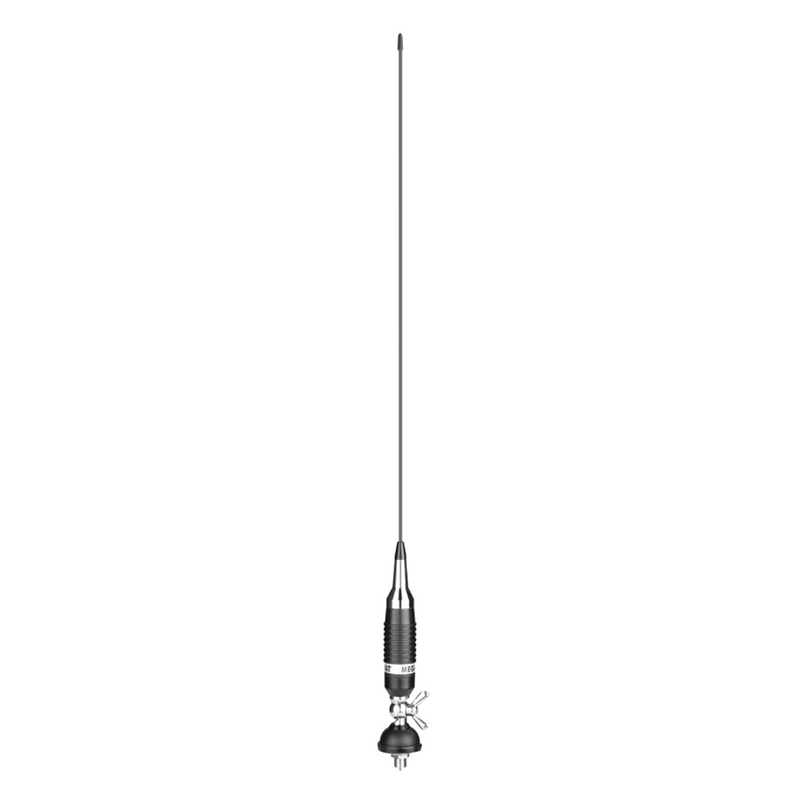
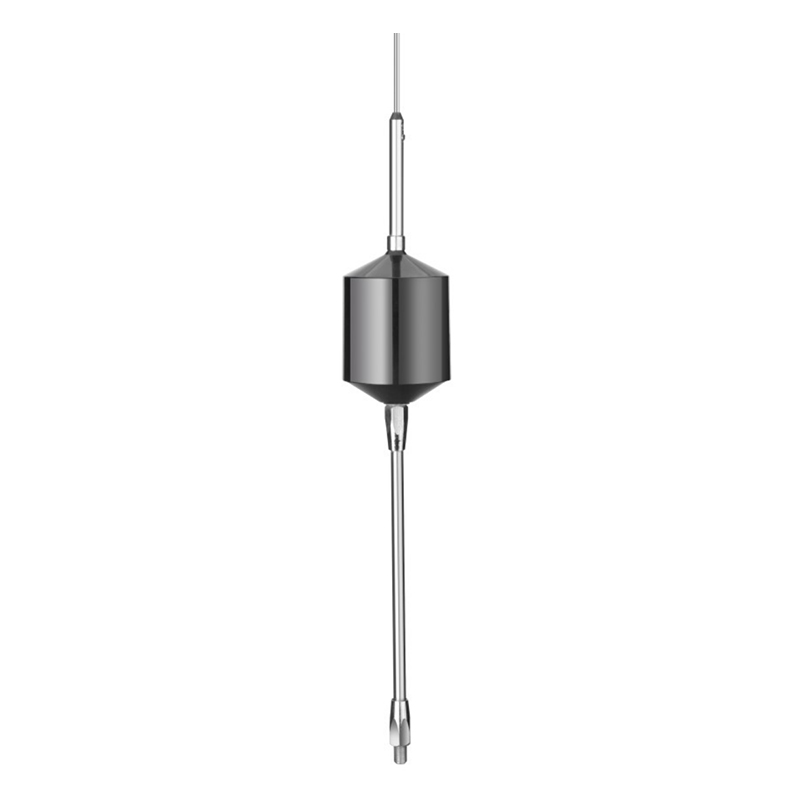
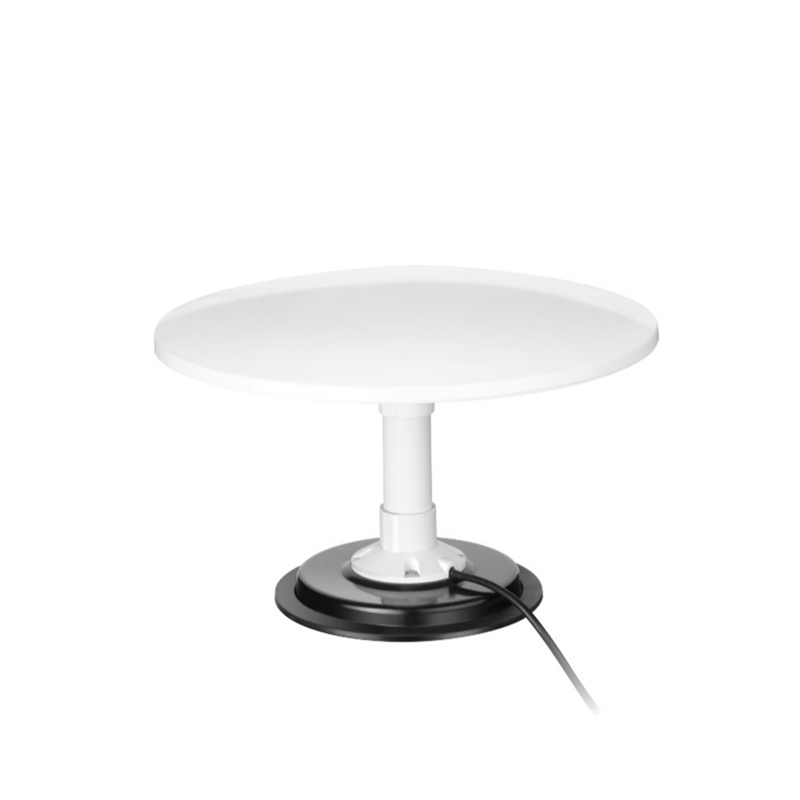
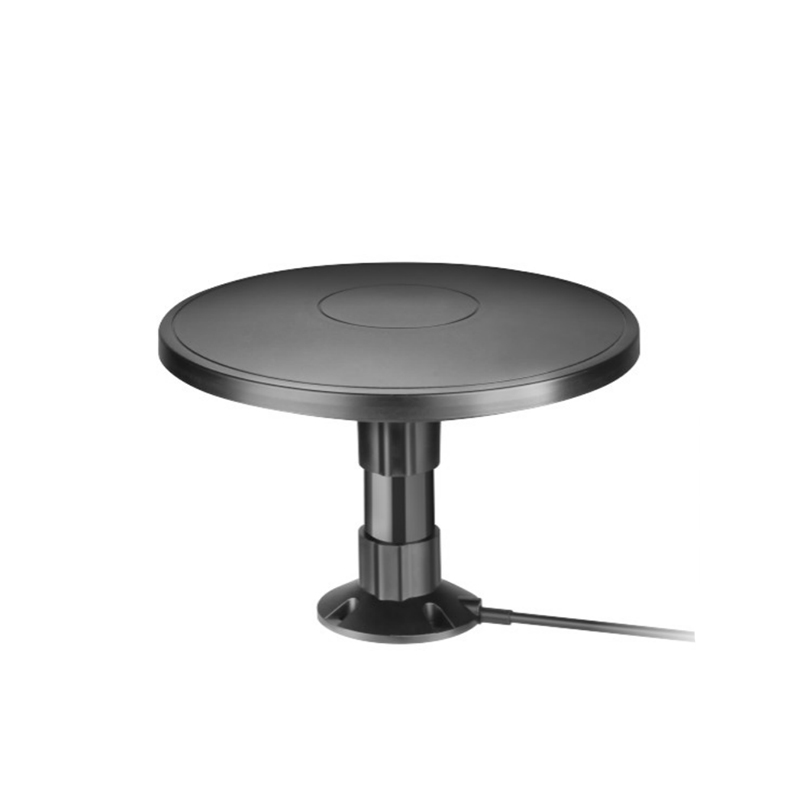
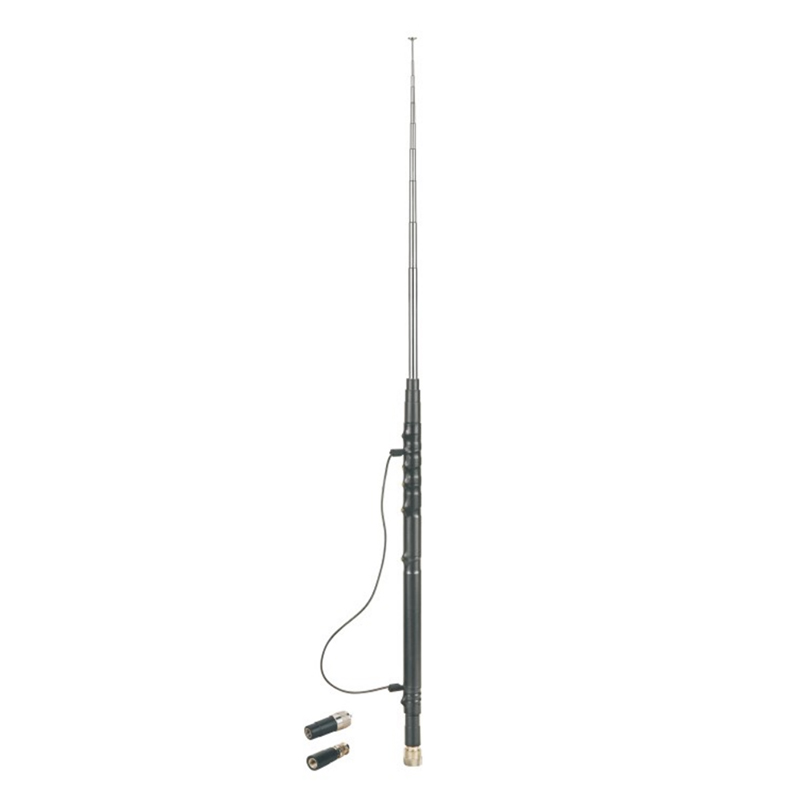
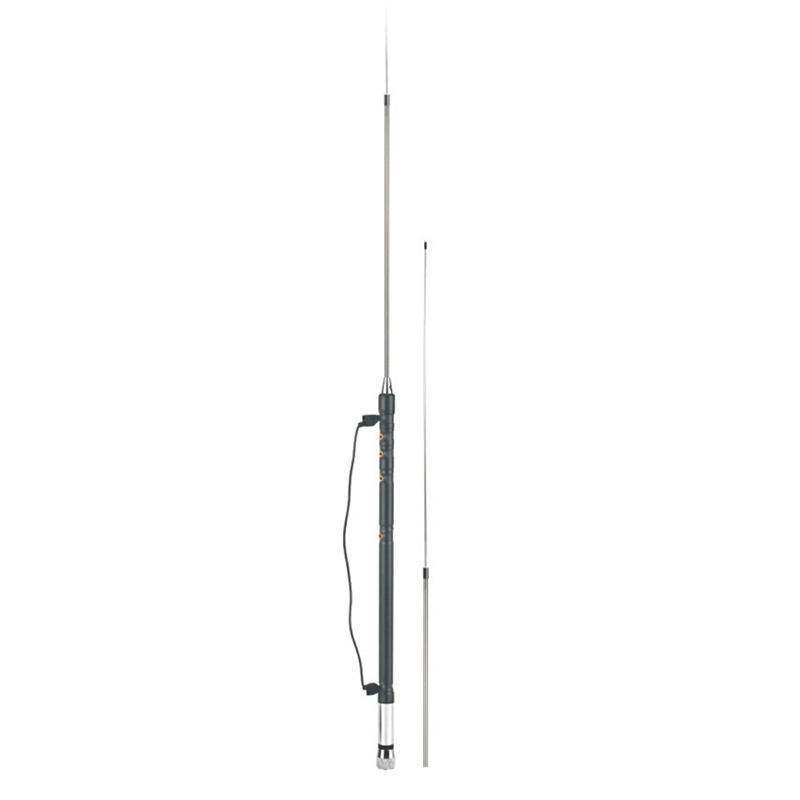
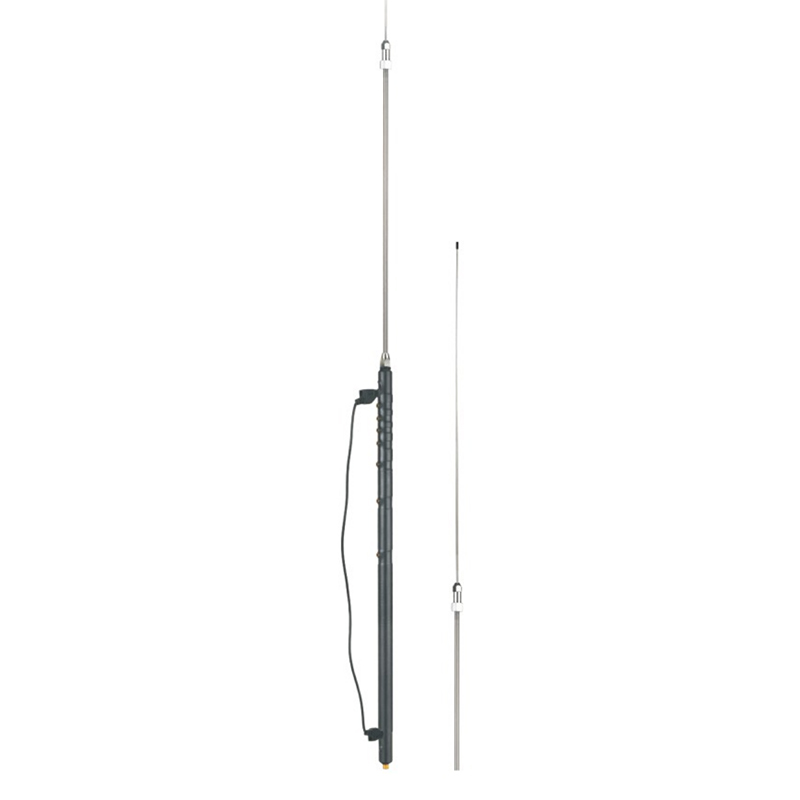
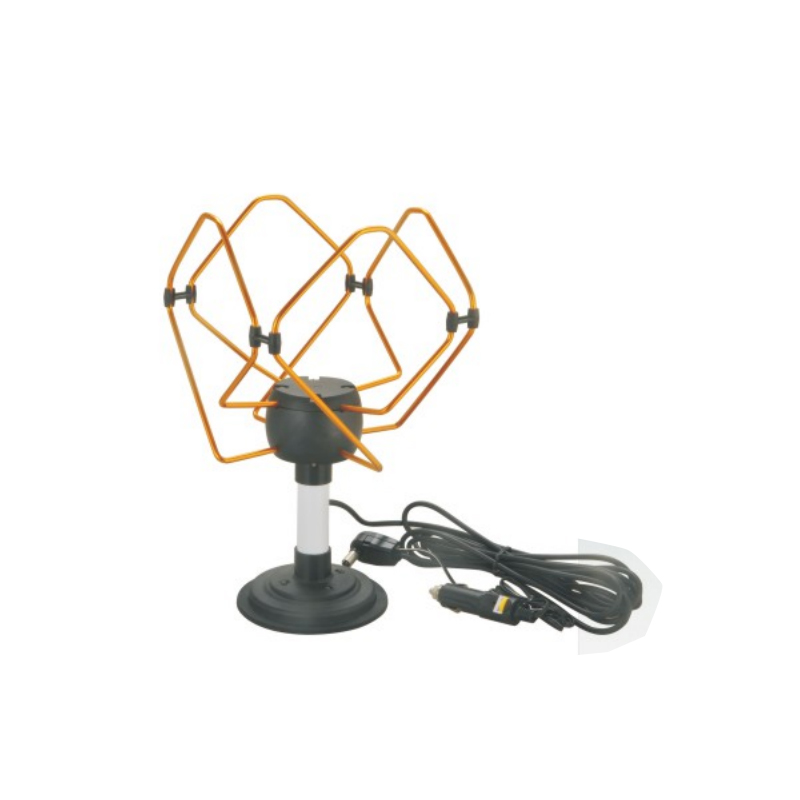
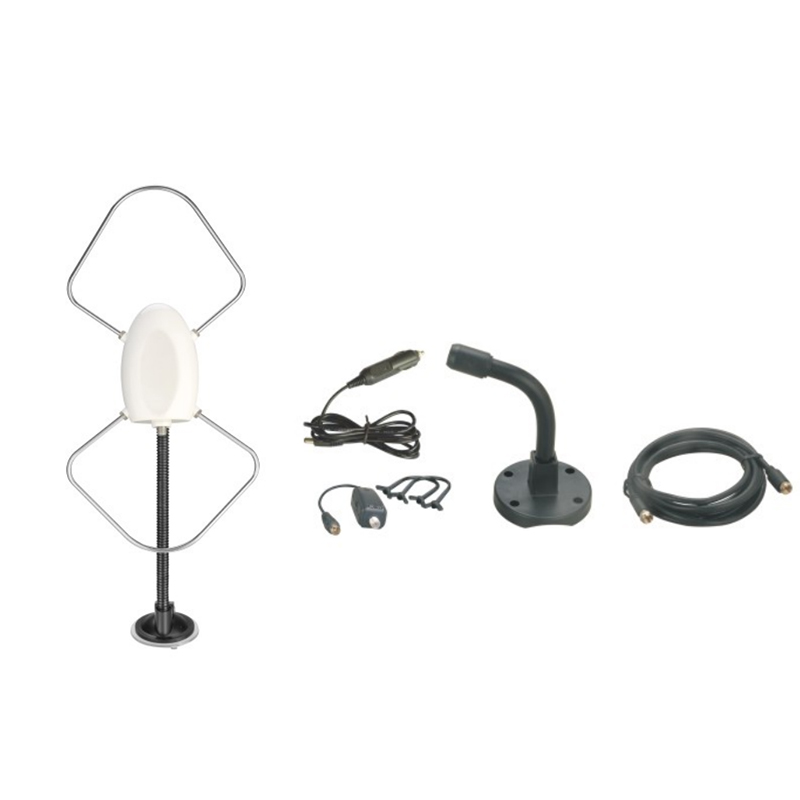
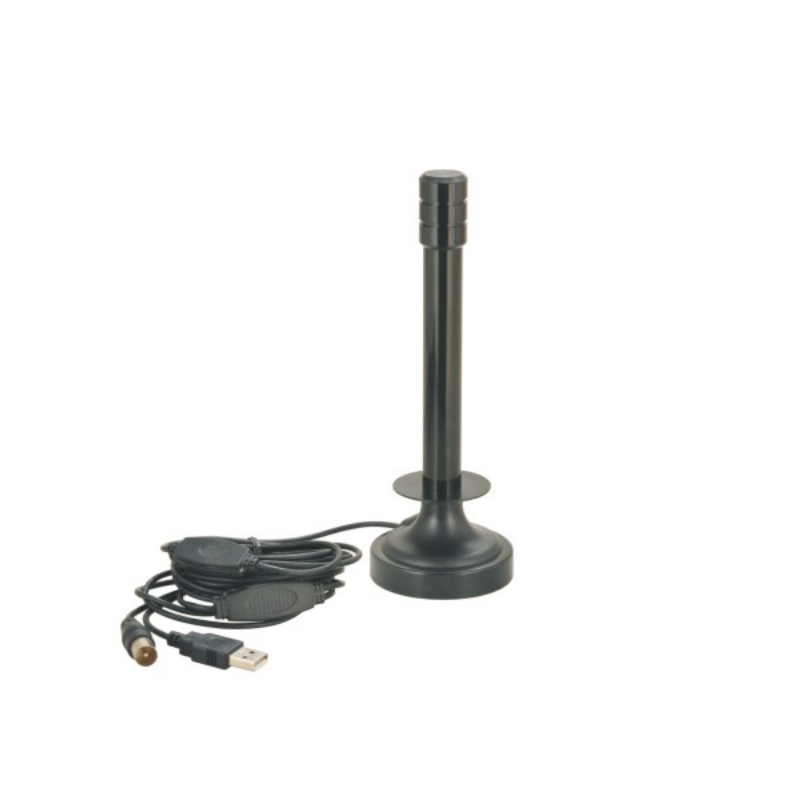
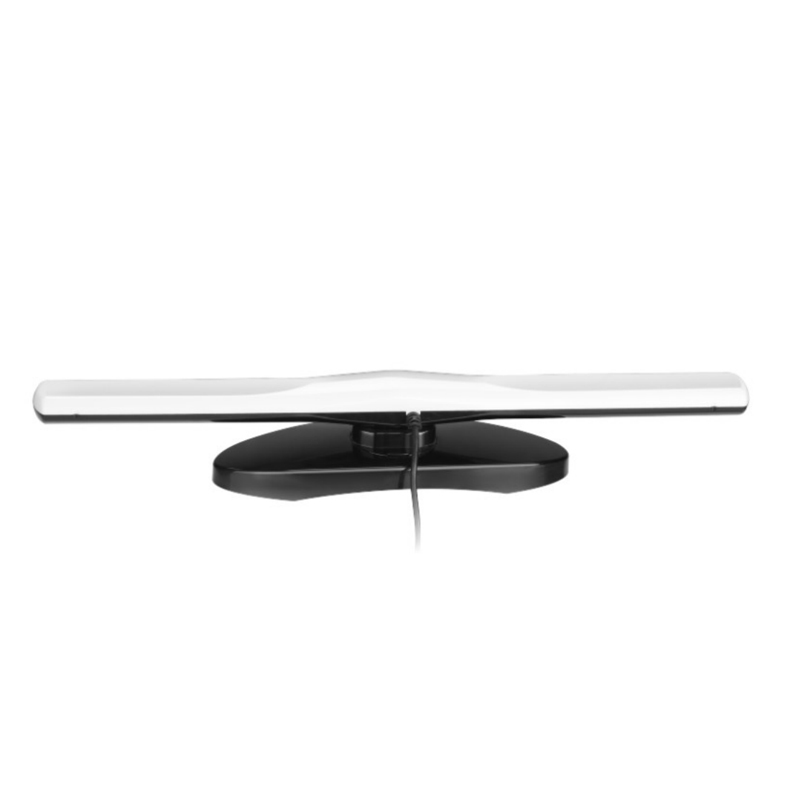
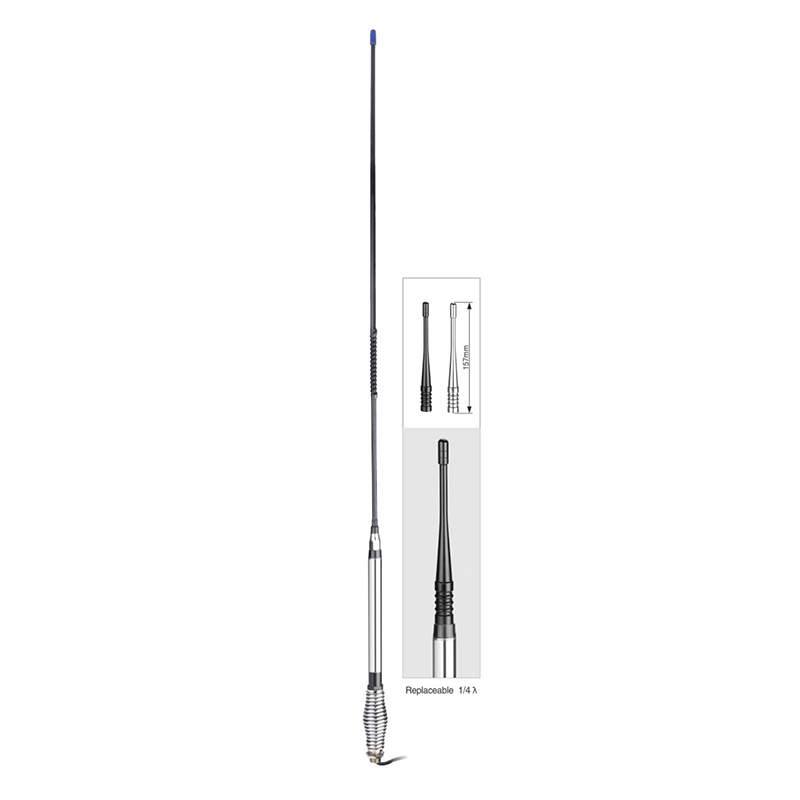

Contact Us